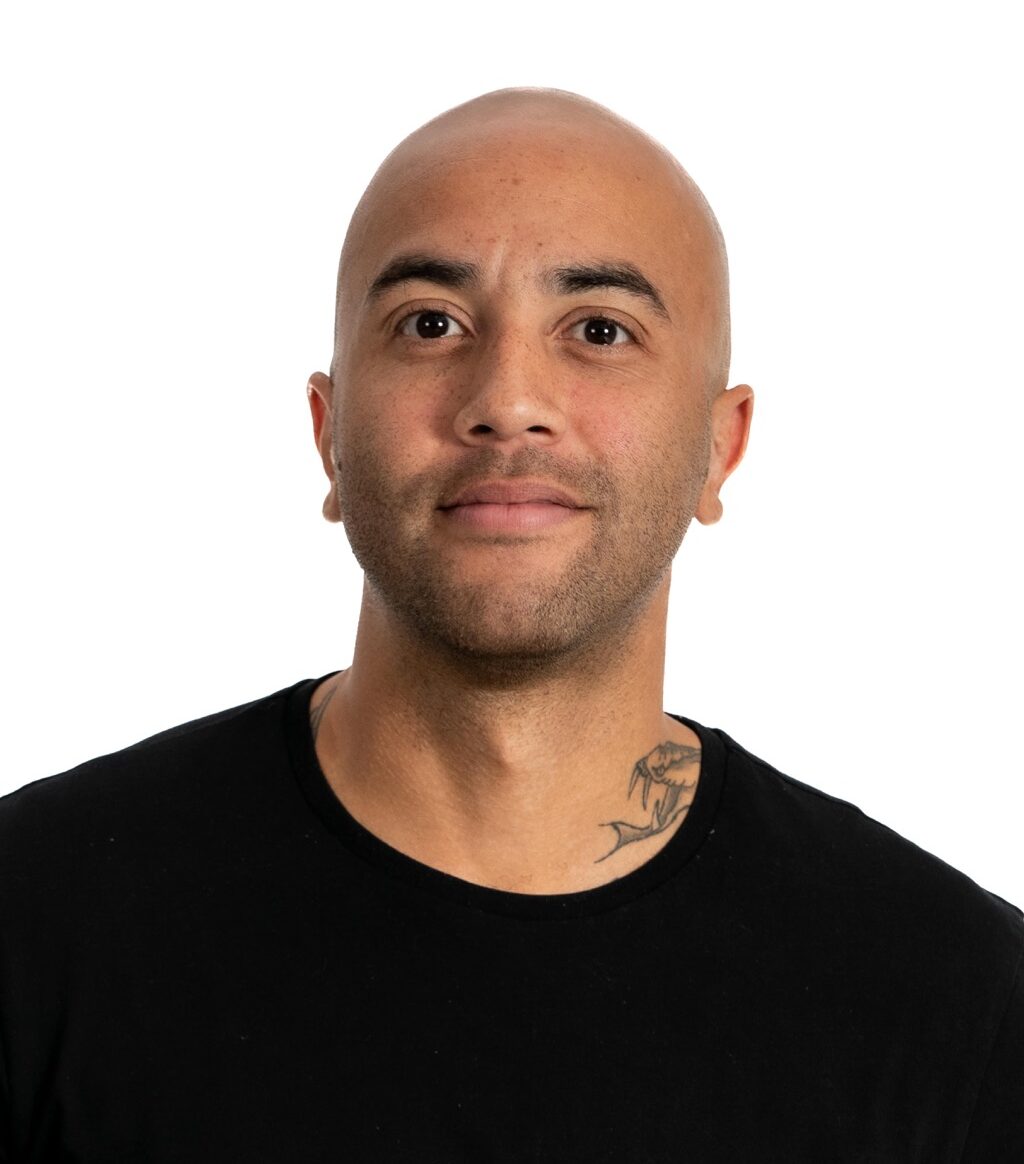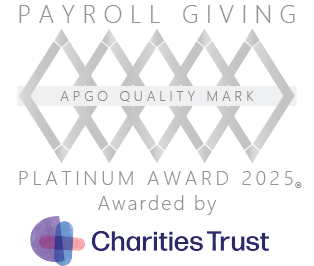Marketing Insight
Stanley has been providing top quality Tupperware and drinkware since 1913. Trusted by hikers and workers, the brand had a reputation for being practical and long lasting. As a $70m a year business that had survived for over a hundred years, it would be considered very successful by most people.
Whilst the cup is undeniably well designed (as a proud owner myself, I can vouch for that personally), design alone wouldn’t have given it the global status it now has. The rise of the Stanley Cup was timed perfectly with the growth of the multi-million-pound wellness industry. Exercise, fashion and, importantly, hydration were all becoming intertwined. Just like the 10,000 steps a day trope seeded in the public imagination by a pedometer company, Stanley was primed to jump on the global trend of people obsessed with getting their two litres a day.

















